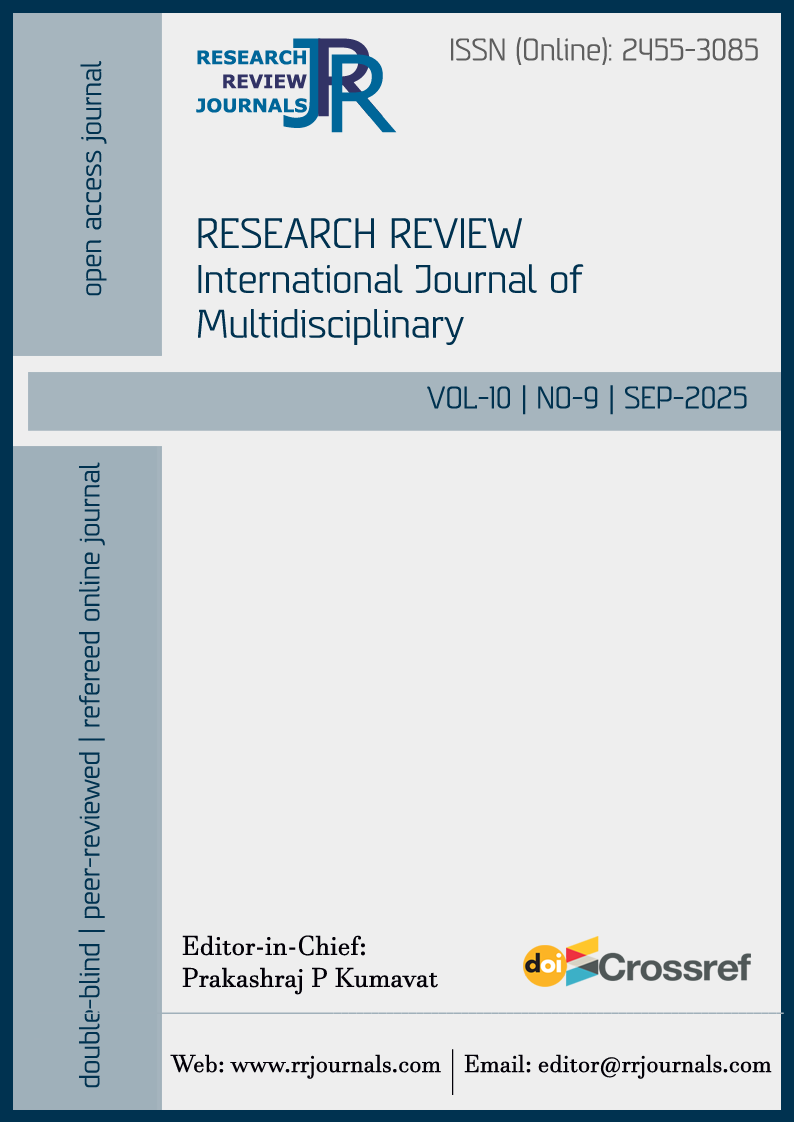From Fens to Fractures: An Exploration of Trauma in the Landscape of Waterland
DOI:
https://doi.org/10.31305/rrijm.2025.v10.n9.025Keywords:
History, Identity, Memory, Reality, TraumaAbstract
Graham Swift’s Waterland unfolds the intricate relationship between history, reality, and trauma through the narrative of Tom Crick, a history teacher from the Fens. This study examines the novel’s portrayal of history as both inescapable and a constructed narrative that humans use to escape the emptiness of reality. Swift uses the flat landscape of the Fens and the natural life cycle of the eel as symbols to emphasize the uneventful, cyclical nature of reality, contrasting it with human desires for meaning, curiosity, and historical significance. The novel further investigates themes of guilt, sexual transgression, and the suppression of curiosity within personal and collective histories. Ultimately, Waterland reflects on how trauma, memory, and the human need to create history shape individual and societal identity.
References
Craps, Stef. Trauma and Ethics in the Novels of Graham Swift, Portland: Sussex Academic Press, 2005. Print.
Gorra, Michael, When Life Closes In, Review of Learning to Swim and Other stories and The Sweet Shop Owner, New York Times Book Review, 23 June 1985. Print.
Parrinder, Patrick. Verbing a Noun, Review of Out of This World and Other Novels, London Review of Books, 17 March 1998. Print.
Swift, Graham. Waterland, London: Picador, 1992. Print.
Downloads
Published
How to Cite
Issue
Section
License

This work is licensed under a Creative Commons Attribution-NonCommercial 4.0 International License.
This is an open access article under the CC BY-NC-ND license Creative Commons Attribution-Noncommercial 4.0 International (CC BY-NC 4.0).



